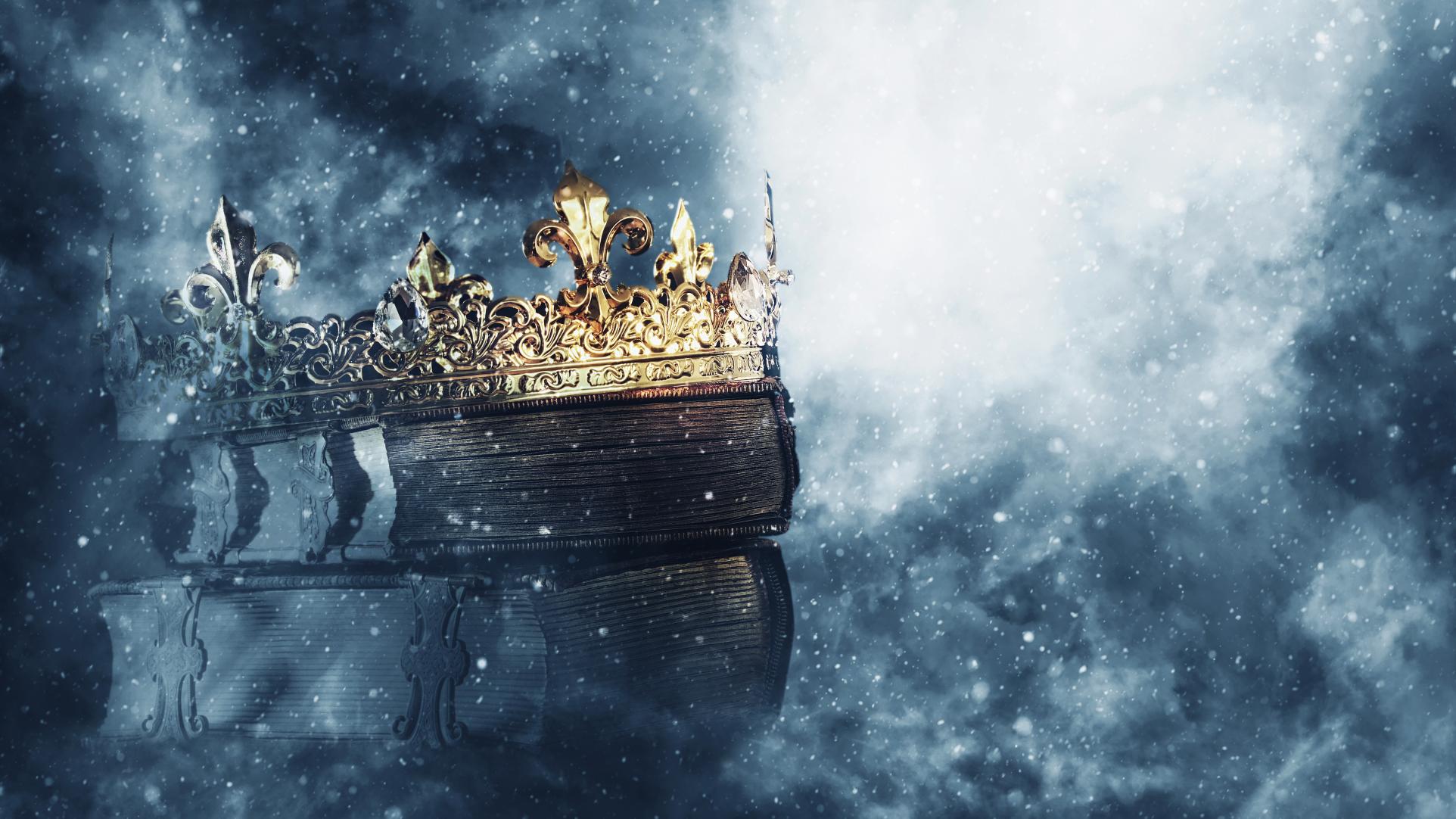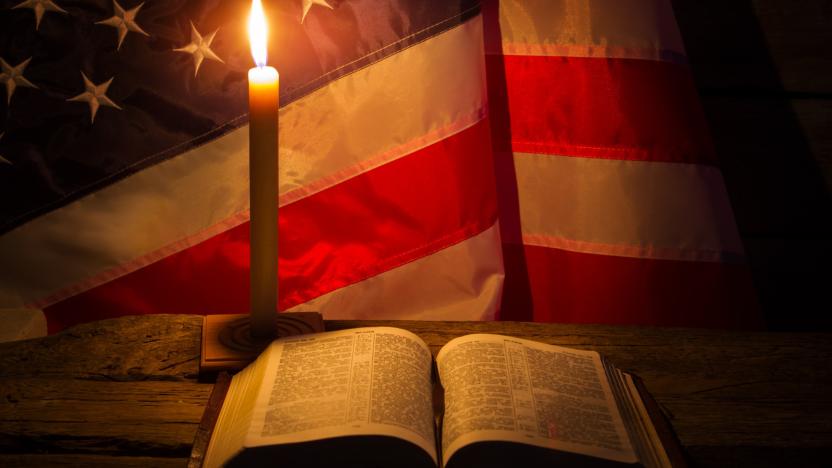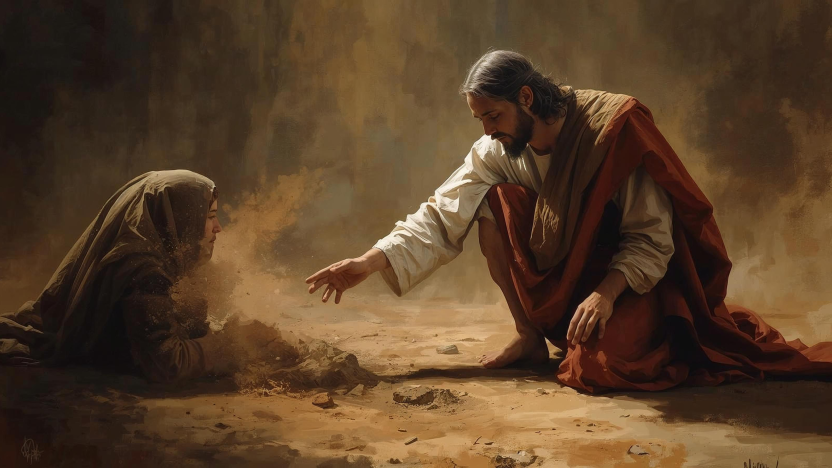Eleven of 12 of Jesus’ disciples were dead. Only one remained, the apostle John. He was no longer a young fisherman prone to pride and anger. Years of communing with his Lord had softened his demeanor and led John to write epistles that focused on the love of God and the need for Christians to love one another. But his old age did not protect him from the emperor Diocletian and his persecution of Christians. According to tradition, Diocletian tried to boil John alive. When that miraculously failed, the elderly apostle was banished to the penal island of Patmos, a fate many considered worse than death.
However, it was at this remote isle in the Aegean Sea that John’s Best Friend, whom He had not seen in bodily form for decades, now appeared to him. Revelation 1:13–14 describes an astonishing being: "and in the midst of the seven lampstands [was] One like the Son of Man, clothed with a garment down to the feet and girded about the chest with a golden band. His head and hair were white like wool, as white as snow, and His eyes like a flame of fire; His feet were like fine brass, as if refined in a furnace, and His voice as the sound of many waters."
John recognized the Being as his Lord and Savior and fell at his feet in worship. Jesus comforted John and reminded him that He had a special message for God’s end time people. The Lord pronounced a special blessing on those that study this prophetic book: "Blessed is he who reads and those who hear the words of this prophecy, and keep those things which are written in it; for the time is near" (Revelation 1:3).
Most likely John had been the leader of the church in Ephesus in the Roman province of Asia Minor, today the country of Turkey. Other prominent churches in Asia Minor included Smyrna, Pergamos, Thyatira, Sardis, Philadelphia, and Laodicea. Jesus looked with tender care on all seven of these churches, and He wanted John to send them special messages of love and counsel. The Lord looked toward the future when other Christians would need to hear the same messages, giving His words a dual prophecy — one meaning for the needs of a literal church, and another for different eras of church history.
Revelation 1 provides an introduction to these letters. Revelation 2–3 contain seven brief but specific messages for seven individual churches and seven periods of Christian church history. In the coming months, I'll introduce you to these fascinating churches and why they matter to us today. As we journey through the book of Revelation, let us remember that seven is a number of perfection, fullness, and completion. Jesus’ ministry on this earth is complete, and He is now revealing from Heaven what is soon to take place, for He is coming soon: "Behold, He is coming with clouds, and every eye will see Him, even they who pierced Him. And all the tribes of the earth will mourn because of Him. Even so, Amen" (Revelation 1:7).
Pray for Wisdom
As we dive into Revelation, start every study with prayer, asking God for wisdom (James 1:5). Read the entire section to give you the broad ideas, then reread verse by verse until you understand each one. Consider the following questions as you read chapter 1:
- Is Revelation too difficult to understand? What does Revelation 1:3 say about studying this book?
- Notice the incredible description of Jesus in Revelation 1:5 and 8. What stands out to you?
- What does Revelation 1:7 tell us about the Second Coming of Christ? How does it relate to Matthew 24:27 and 31, and 1 Thessalonians 4:16?
- Revelation 1:10 states that John was in the Spirit on the Lord’s Day. What is the Lord's day according to Exodus 20:20, Isaiah 58:13, Matthew 12:8, Mark 2:27, and Luke 6:5?
- According to Revelation 1:11, who is Revelation addressed to? Trace these cities on a map. Where are they?
- According to Revelation 1:14–16, what does Jesus look like? How is it similar to what's seen in Ezekiel 8:2–4 and Daniel 7:8–9? How is it different from the description of Jesus’s behavior in Isaiah 53?
- According to Revelation 1:18, who holds the keys to hell and death?
- What is represented by the seven candlesticks (Revelation 1:20), two-edged sword (Hebrews 4:12), and the seven stars (Revelation 1:20)?
- How could you summarize Revelation 1 to someone else?
- What is your favorite part of Revelation 1? What stands out the most?
Imagine what a relief it must have been to John to see Jesus elevated to the King of Kings and Lord of Lords. This portrayal of Jesus as the conquering King has brought peace and comfort to countless persecuted Christians and is especially comforting to the Christian community in these uncertain times. Close your studies each time with a prayer to our powerful King. Pray to receive the promised blessing in Revelation 1:3 for those who read and keep the things written in this book.
Scripture taken from the New King James Version®. Copyright © 1982 by Thomas Nelson. Used by permission. All rights reserved.




